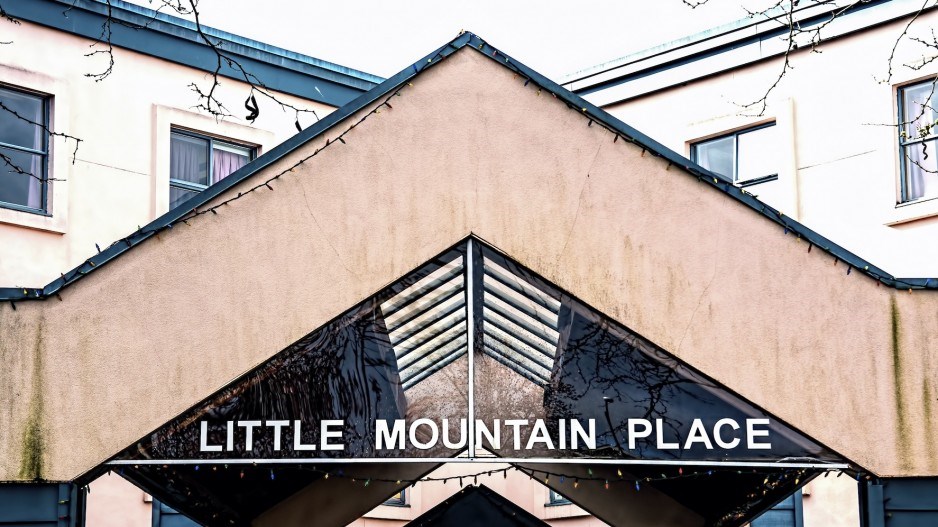What happened: B.C.'s provincial health officer Bonnie Henry acknowledged on April 2 that many health care employees continue to work at multiple seniors' care homes despite the global COVID-19 pandemic.
Why this matters: Those workers are a potential source of infection among vulnerable seniors who live in those homes. Some estimates show that seniors have an approximate 15% mortality rate from the virus.
More than a week after B.C.'s provincial health officer Bonnie Henry announced that she was putting in place an order that all workers at seniors' care homes only work at only one home, she has acknowledged that some homes still have workers who are also employed at other facilities.
"The reality is that this has been a monumental task," Henry said on April 2. "People are still working at multiple facilities and have been except for facilities where there are outbreaks, and we know there's quite a few of those mostly in the Lower Mainland – all in the Lower Mainland."
In previous press conferences, she has explained that the mix of different kinds of workers and the combination of unionized and non-unionized employees has made the task of keeping everyone to a single facility a challenge.
She said that there are about 20,000 health care workers and that her focus has been on facilities where there have been COVID-19 outbreaks first.
"Then we have a coordinated plan for around the province," she said.
She said that she has known for a long time that diseases have been able to transmit more effectively between care homes than they would have otherwise have done as a result of health care workers working at multiple homes.
"This is something that has a crisis in the making for many years, that we've been aware of," she said. "When Lynn Valley Care Centre started, that's when we started to consider how can we make this safer."
Health Minister Adrian Dix concurred, and said his government was working with unions to try to find a solution so employees only work at one facility.
"Yes, that takes some time," he said.
All of the care homes that have had outbreaks have been specifically ordered to not have any employees work at other homes.
Those 21 care centres with outbreaks include two with a substantial number of infections.
Lynn Valley Care Centre has at least 72 infections. The province last broke down those infections into how many were residents and how many were staff on March 26. Back then, the facility had 70 cases, including 46 residents and 24 employees.
Haro Park Centre is the other care centre with a large outbreak. It had 58 infections on March 26, including 30 in residents and 28 in workers.
West Vancouver's Hollyburn House had two infections at the time: one worker and one resident.
Most if not all of the 18 other care homes that have had cases have had a single case each.
Those homes are:
• West Vancouver's Inglewood Lodge long-term care facility;
• North Vancouver's Berkley Care Centre long-term care facility.
• Vancouver's German Canadian House;
• Vancouver's Little Mountain Place long-term care facility;
• Vancouver's Broadway Pentecostal Lodge long-term care facility;
• Vancouver's Windermere Care Centre long-term care facility;
• Vancouver's Villa Cathay long-term care facility;
• Vancouver's Royal Arch Masonic Home long-term care facility;
• Delta's Delta View long-term care facility;
• Coquitlam's Dufferin Care Centre;
• Surrey's Harrison at Elim Village long-term care facility;
• Langley's Langley Gardens long-term care facility;
• Langley's Langley Lodge long-term care facility;
• Port Coquitlam's Shaughnessy Care Centre long-term care facility;
• White Rock's Amica Retirement Home long-term care facility;
• White Rock's Evergreen Baptist Complex (includes assisted living and long-term care facility, and manor - seniors rental);
• Burnaby's Swedish Canadian Manor assisted living; and
• Mission's Cedarbrook Chateau independent living.




